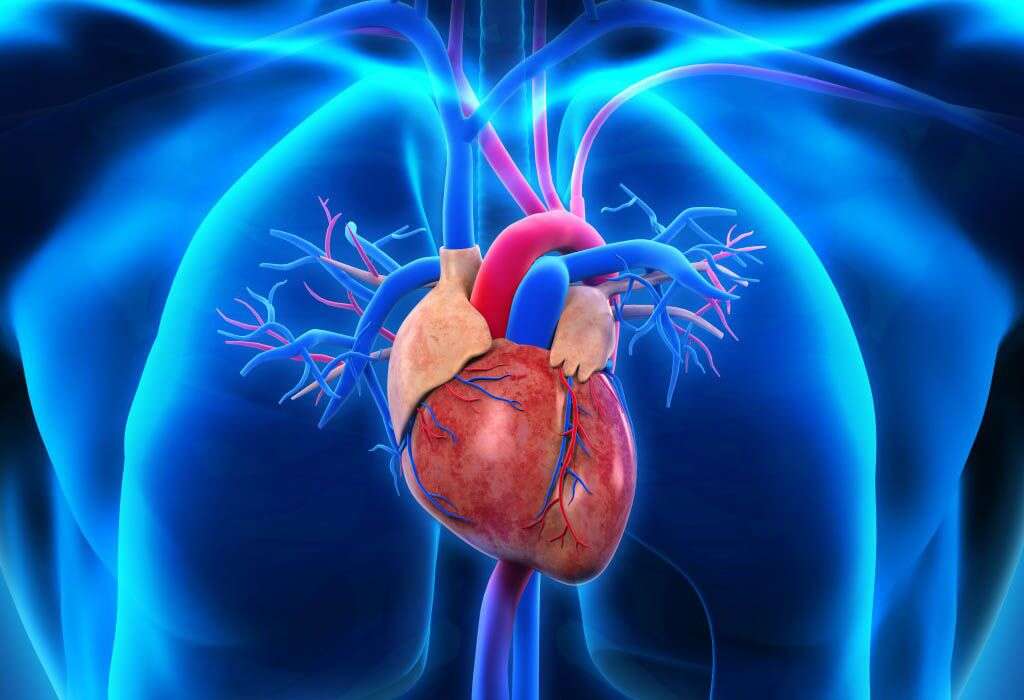What Is Metabolic Syndrome?
Although you may not be familiar with metabolic syndrome, you are probably aware of the five conditions in the defining cluster. Up to one-third of adults in the United States have at least three of these conditions, confirming metabolic syndrome and an increased risk of heart disease, stroke, and diabetes.
The markers of this syndrome are high blood pressure, high triglycerides, high blood sugar, abdominal obesity, and low HDL (high-density lipoprotein). Although some people are more prone to develop it than others, a diagnosis doesn’t mean you should give up. With the following information, you can make a difference in your health and future.
1. Risk Factors
From 20% at age 40 to 35% at age 60, the risk of having metabolic syndrome goes up as people age. High levels of stress, a sedentary lifestyle, smoking, and obesity are also risk factors. Ethnicity plays a role as Latinos, particularly women, and South Asians are more prone to develop this condition.
Certain medical problems can increase your risk, including having blood clots and inflammation. The presence of fatty liver disease, gallstones, and polycystic ovary syndrome (PCOS) is also associated with this disorder. The most significant risks, however, seem to include a lack of exercise and excess fat around the middle of the body.
2. Symptoms
Because many of the disorders associated with metabolic syndrome have no visible symptoms, it is sometimes hard to identify its presence. You usually don’t feel any different when your blood cholesterol, fasting glucose, or blood pressure increases. Regular check-ups and blood tests will help to confirm hidden irregularities.
One key factor, however, is the accumulation of belly fat. Unlike fat in other parts of the body, visceral fat inside the abdomen surrounds vital organs. Research has shown a wide variety of diseases can be linked to visceral fat, including heart disease, high blood pressure, chronic inflammation, and metabolic syndrome.

3. Diagnosis
The easiest marker to gauge metabolic syndrome is waist circumference. A measurement greater than 35 inches for women and 40 inches for men indicates its probable presence. The standard is slightly different for Asian women and men, at 31 inches and 35 inches, respectively.
Blood pressure should measure no more than 130 (systolic) over 85 (diastolic) and can be monitored at home with an inexpensive unit available at most drug stores. Blood tests are another way to diagnose this syndrome. Fasting glucose levels greater than 100 milligrams per deciliter (mg/dL), triglycerides over 150 mg/dL, and HDL below 50 mg/dL are all indicators.
4. Complications
Metabolic syndrome comes with an increased risk of other diseases and complications. Many of these impact the heart and circulatory system and include hardening of the arteries (atherosclerosis), cardiovascular disease, and peripheral artery disease. Nonalcoholic fatty liver disease may also develop.
A common complication is the development of diabetes. When this condition advances, it may put you at risk for additional health problems that include kidney disease, nerve damage (neuropathy), eye damage, and possibly the amputation of toes or limbs.

5. Prevention
Maintaining healthy blood pressure and waist circumference will substantially help prevent metabolic syndrome. Targeting health in these areas requires regular exercise, a good diet of natural foods, and weight loss if necessary. These habits can also bring your cholesterol levels into balance.
Keeping records of your blood pressure, blood markers, and waist size will help you to track your own health and know when you need to make adjustments. Identifying this syndrome when it first begins to develop often means fewer potential health complications in the long run.
6. Foods To Avoid
Avoiding metabolic syndrome also means reducing or eliminating certain kinds of foods from your diet. Some vegetable oils, including corn, peanut, and sesame oil, are known to be high in omega-6 and trans fats and are dangerous to your health. You can reduce your consumption by eliminating pastries, frozen pizza, fried foods, nondairy coffee creamer, microwave popcorn, and similar foods.
You can also benefit by cutting down on hidden salt commonly found in processed foods, including canned vegetables, cheese, ketchup, and salad dressings. Sugar in any form should be avoided as well as artificial sweeteners such as aspartame, sucralose, and saccharin.

7. Exercise Treatment
If you have already developed metabolic syndrome, you can fight back. One primary weapon in your arsenal is exercise. Start slowly if you are out of shape. Begin walking at least five days per week. Gradually increase speed and duration, tracking your steps with a pedometer. For enjoyment, walk with a friend or try a scenic route.
Consider adding some strength training exercises. Free videos are available online, and you can use cans of food or milk jugs for weights. Resistance bands are also helpful. Even if your scale doesn’t budge much, exercise can lower blood pressure, stress, and glucose levels, and your cholesterol may improve significantly.
8. Dietary Treatment
Adjusting your diet is a primary way to treat metabolic syndrome and gain control of your health. Approach it one step at a time, beginning with incorporating more whole foods into your menu. By moving away from processed foods, you are naturally eliminating the unintentional consumption of trans fats, salt, and sugar.
Move toward eating more fruits, vegetables, whole grains, beans, and lentils. Add in potassium-rich foods such as mushrooms and tomatoes to help balance blood pressure. Eat lean proteins in small amounts. The addition of omega-3 foods such as nuts, avocados, and fish can raise HDL to keep your heart healthy.

9. Behavioral Change Treatment
There are still more weapons at your disposal to fight metabolic syndrome. You should stop smoking and lower your stress as much as possible. Even if you have never tried them before, consider meditation, yoga, and sessions of deep breathing. Equally important is getting enough quality sleep.
Intermittent fasting has been shown to reduce blood sugar levels and insulin resistance. Try reducing the number of eating hours per day to an eight-hour window, such as 10 a.m. to 6 p.m. By giving your body 16 fasting hours each day, you can improve your health and reduce your markers for metabolic syndrome.
10. Medical Treatment
Your doctor may want to add some medications to treat your condition. Statins can reduce LDL and triglycerides, and high blood pressure can be treated with ACE inhibitors, diuretics, or beta-blockers. You may also be given diabetes medications or treatment for blood clots.
Aggressive lifestyle changes can make a difference in metabolic syndrome. Be sure your health care provider is aware of the steps you are taking to regain your health — partner with a doctor who wants to work with and encourage you through your journey.











